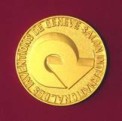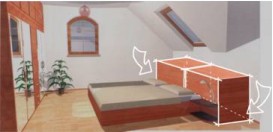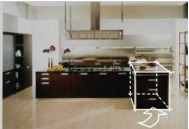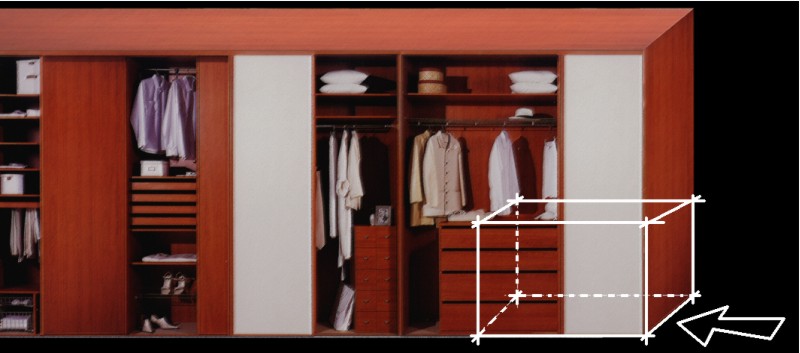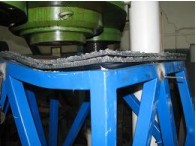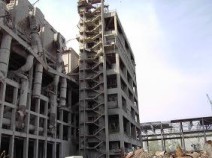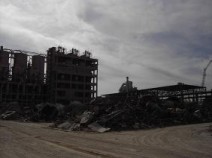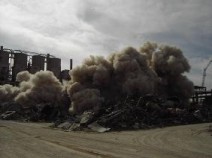
Protection against the consequences of a Catastrophe, the Personal Safety Pod |
|
Life is our most precious endowment. 1. Protection against the consequences of a Catastrophe As a consequence of earthquakes and other catastrophes experienced all over the world, many friends, colleagues and loved ones have been lost. But SOME managed to SURVIVE. Why? Research into these survivor situations has provided insight into the conditions which enabled them to prevail; in some cases against unbelievable odds. They simply survived because they happened to make their way into safety zones accidentally. They were actually unaware either of the hazard they faced, or of the consequences of their decision to move in the direction and to the location they found themselves. They were lucky. If these persons could be certain of, and directed to a Safe Haven, then there would be a much higher probability of significant numbers of survivors. By merely securing themselves inside the shelter, in protected space, persons in danger have merely to activate the identifying beacon, and await the end of the dangerous event or in the worst case, the rescue teams. Strong though compact, the engineering characteristics of these havens enable them to withstand upwards of 100 to 120 tons of downward pressure, roughly the equivalent of ten floors of structure. |
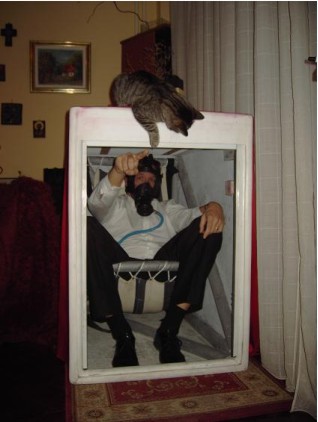 |
|
2. Technology Recognized Internationally The Personal Safety Pod technology has received: - the Gold Medal with special jury
congratulations at the International Invention Contest Geneva 2005 ;
|
| 3.
Product Description The Personal Safety Pod was conceived to maintain
its integrity and to sustain human life as a result of a catastrophe
and to ensure survival of the occupants until the danger passes or, in
the case of the building collapse, until recovery teams successfully
recover them.
The product was initially conceived for use in older buildings, often in need of retrofitting, as an efficient method of protecting the inhabitants. Though by no means a solution to the need for building improvement, it nevertheless provides a safe haven for the inhabitants until such time as the often expensive and long-term work is completed. In newer buildings, the occupants find themselves protected from small shards and other breakable materials, against larger movable objects inside the room which may fall during events of catastrophe such as earthquakes, and finally against the downward crush of building collapse, perhaps the product's most compelling feature. Further, the Personal Safety Pod provides an oasis for sustaining breathing, oddest temperature control and visibility in problem areas. |
|
Key Advantages of the Personal Safety Pod include: - Protects the occupant
from harm from glass shards and small objects hurled around the room,
and larger objects which fall an earthquake, catastrophe or the
outright collapse of a building. Containment areas might include these easily accessible areas of the home.
TECHNICAL DATA - Use: Protects life in
case of earth-quakes, tornados, hurricanes, terrorist attacks, war
actions ; 5. Live Stress Tests a. Software test a. The software test Once the pod dimensions were determined, software was used to find the optimum structure shape, to provide resulting maximum resistance for a reasonable weight (easily handled). This took into account the importance of our calculating hypotheses as we chose pressure of high severity, for every structural type and several stress conditions. The goal was to reach a minimum of 250 kN (25 tons) for the compression stress. We performed 2,000 simulations over a period of two (2) years, during which only a few dozen configurations were selected. Ultimately there remained only six(6) and finally just one configuration which demonstrated optimum performance, and that greatly surpassed our intended objective. b. The Bucharest Technical University Construction Laboratory Once the optimum resistance structure was identified, it was tested in the laboratories of the Bucharest Technical Construction University, which produced a report of the results. (Ref. Page 8). We realized one single trial, in the most severe configuration: the force was applied in a single point on a very reduced surface (a disc of 12” diameter). The support covered only about 66% of the shelter base area and the corners had no support, so the risings were without support so they weren’t helpful for supporting the compression stress. In such a situation the
laboratory confirmed the structure resistance, without major
deformations, of 670 kN (67 tones) much more over the value of our
target Currently the force is
applied on a much bigger area and the support (the floor) covers 100%
of the shelter’s base area, so all corners will work in compression,
which will rise the resistance of the shelter to a 1 000 - 1 200 kN
c. Attempts in situ The attempt was made even this time in much more severe conditions than in the case of an earthquake provoked by explosion demolition. The forces that appear in the case of an explosion are much bigger than in the case of an earthquake, so the tested modulus was submitted to extreme attempts, much more severe than in the case of an seism. Also, the demolition through explosion is done in a manner much more violent than the demolition caused by an earthquake. The 2 metallic structures were placed in a 36 m high building : one of them at the + 6.00 cote and the other at + 30.00, which corresponds to the emplacement at the 2 nd and the 10th level, in a 12 levels block . Both of the structures were retrieved intact after the release under the rubbles, so the persons protected by the Individual Protection Module would have survived inner in the moment of the building demolition but also after this, till the arrival of the descarceration teams.
For additional details, Contact us |
© Copyright 2004-2010. All rights Reserved

